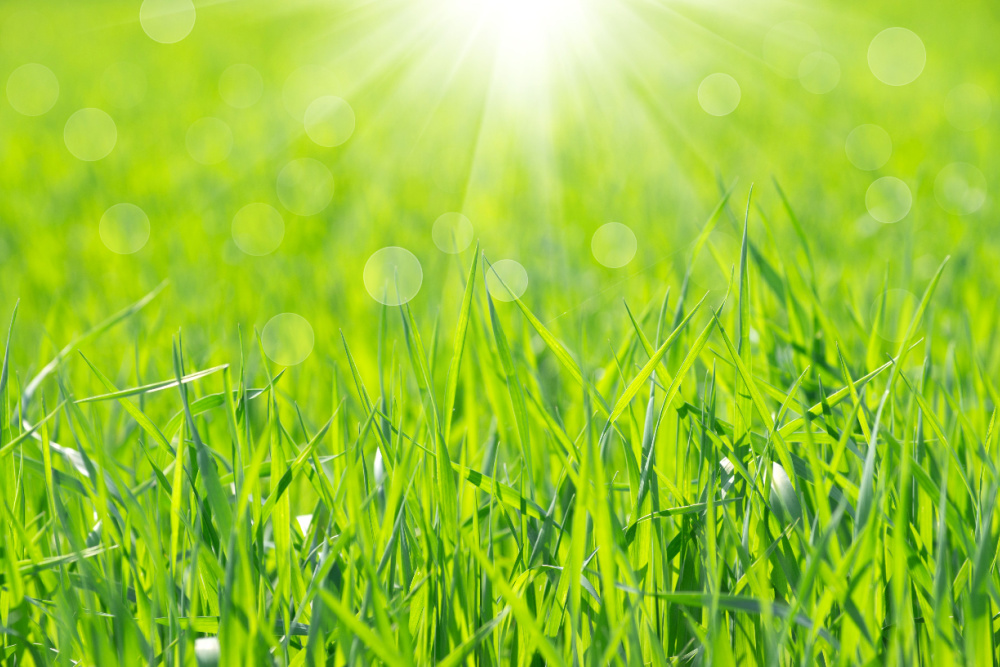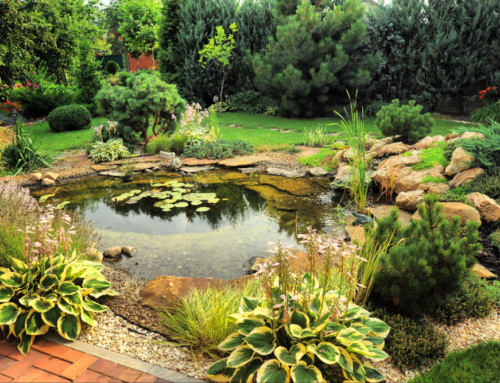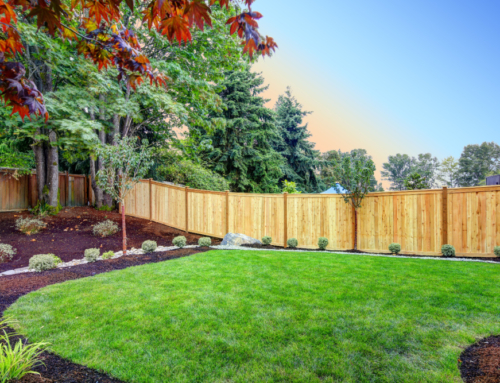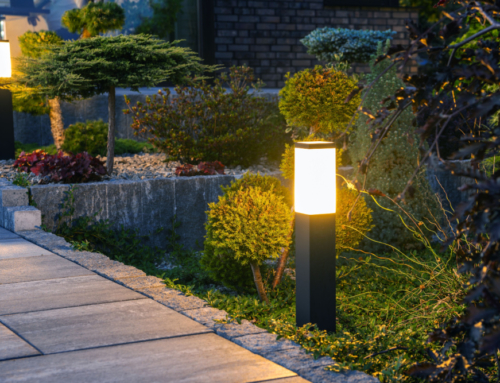Maintaining a healthy lawn requires proper care, attention, and resources. A well-maintained lawn can enhance your property’s appearance and provide numerous benefits, such as improved air quality, cooler temperatures, and increased property value. Whether you have a commercial or residential lawn, there are several essential tips to keep in mind to ensure it remains healthy.
Watering and Irrigation
One of the most critical components of a healthy lawn is proper watering. Your lawn should receive about one inch of water per week through natural rainfall or irrigation. Watering your lawn deeply, rather than frequently, is essential to encourage deeper roots and greater drought tolerance. It is also recommended to water your lawn early in the morning or late in the evening when temperatures are cooler and less water will evaporate.
Mowing
Mowing is another essential aspect of lawn maintenance. The height of your grass should be kept between 2-3 inches, never removing more than one-third of the grass blade during each mowing. This will prevent scalping and allow your lawn to recover more quickly. It’s also important to sharpen your mower blades regularly, as dull blades can tear the grass and create an entry point for diseases.
Fertilization and Soil Health
Fertilizing your lawn is essential for maintaining its health and promoting growth. The type of fertilizer you use, the frequency of application, and the amount used will depend on several factors, such as the type of grass, the soil, and the local climate. A soil test can help determine the specific needs of your lawn and the type of fertilizer that will be most effective. In addition to fertilizing, maintaining healthy soil is also critical. This can be achieved by adding organic matter, such as compost or mulch, to improve soil structure and fertility.
Weed and Pest Control
Weeds and pests can quickly become a problem for lawns and can negatively impact the health and appearance of your lawn. Keeping your lawn thick and lush is vital to prevent weed growth. Regular mowing, watering, and fertilizing can all help to achieve this. If weeds do become a problem, there are several effective herbicides available for use. It’s also important to be proactive in controlling pests, as some can cause significant damage to your lawn. Regular monitoring and proper identification of pests can help you to address any issues early on.
Aeration and Overseeding
Aeration and overseeding are two crucial lawn care practices that can help improve your lawn’s health and appearance. Aeration involves removing small plugs of soil from your lawn, which helps to relieve soil compaction and promote root growth. Overseeding involves adding grass seed to your lawn, which can help to fill in bare or thin areas and improve the overall appearance of your lawn. Both aeration and overseeding should be done in the fall when temperatures are cool, and grass growth is optimal.
Conclusion
A healthy lawn is a critical component of a well-maintained property, providing numerous benefits and enhancing its overall appearance. Proper watering, mowing, fertilization, weed and pest control, aeration, and overseeding are all essential components of a comprehensive lawn care plan. By following these tips, you can ensure that your lawn remains healthy and beautiful for years.
If you are struggling to maintain a healthy lawn, consider seeking the assistance of a professional landscaping expert. They can provide personalized recommendations and guidance and help you to achieve the lawn of your dreams. Contact us today to learn more about our lawn care services.






